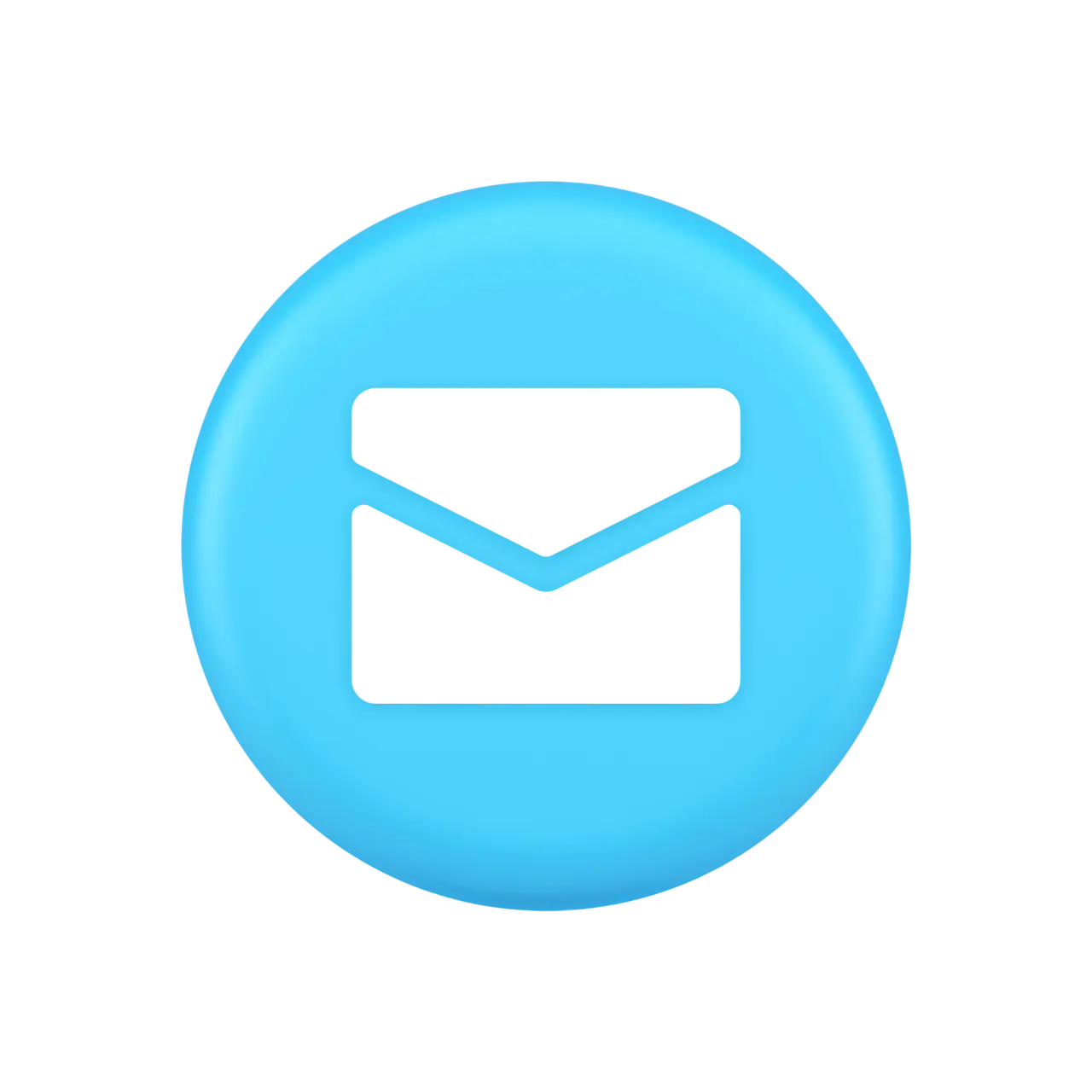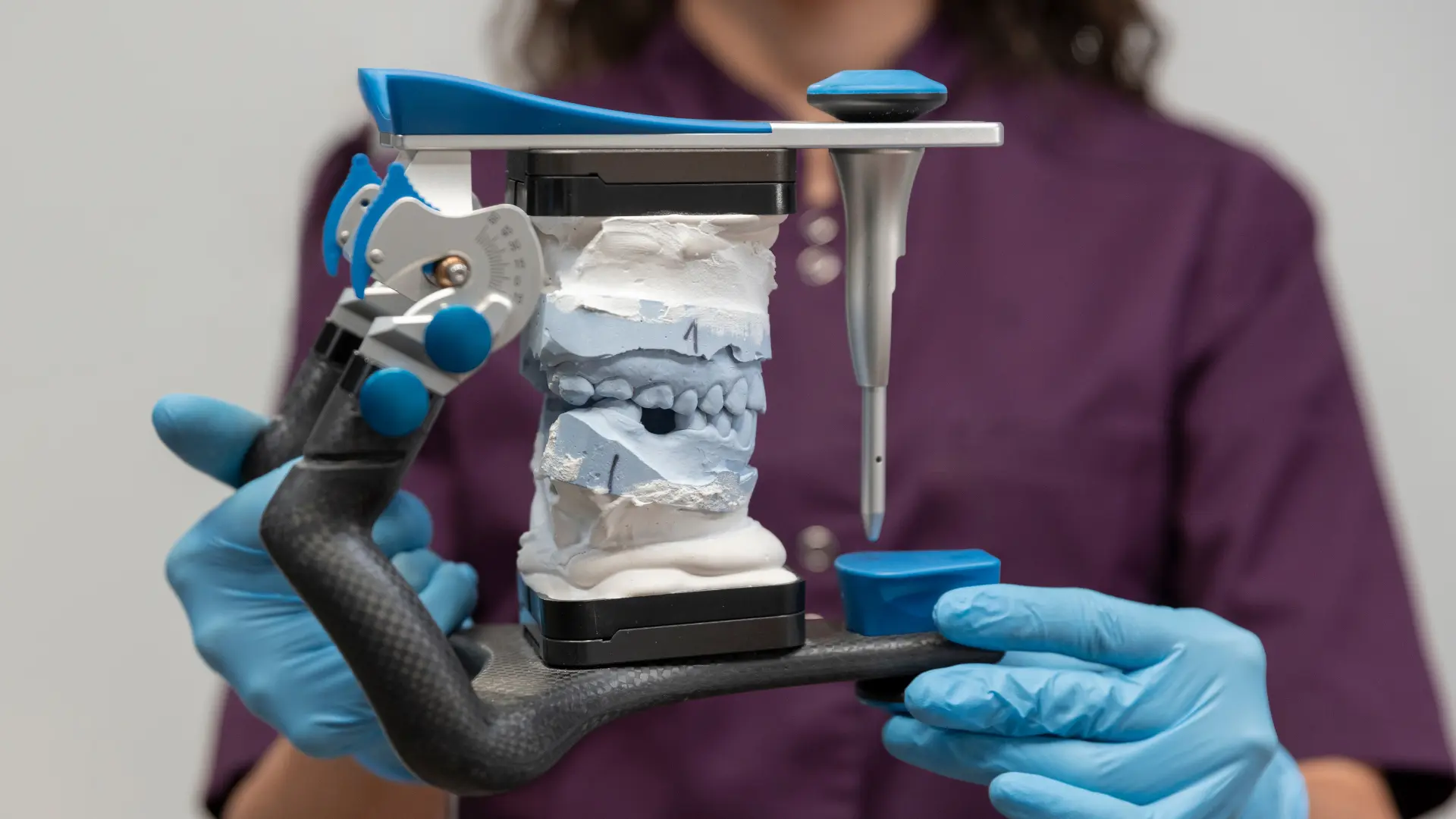Welcome to “Get Rid of Dental Cavities: Vitapera’s Guide!”
Do you find it exhausting dealing with those annoying dental cavities that keep coming no matter how good you brush and floss? If that’s the case, you’re not the only one. Dental cavities, which are also referred to as tooth decay or caries, are a common oral health problem that affects individuals of all ages. But fear not! This comprehensive guide covers everything you need to know about dental cavities – from their formation to effective ways of its prevention and treatment. Therefore, stay comfortable and wait till we take you on the road to healthier teeth by Vitapera advice to all you cavity free teeth seekers. Let’s dive in!
What are Dental Cavities ?
Dental caries, also called tooth decay or cavities, is one of the most common oral health issues where the process of the gradual destruction of tooth enamel occurs which results in the formation of tiny holes or hollows in the teeth. These cavities may differ in their size as well as the extent of the problem; i.e., they range from minor surface illnesses to deep lesions that affect the inner layers of the tooth.
How do Cavities Form ?
Cavities are a result of an interplay of many elements such as poor oral hygiene, mouth bacteria, frequent intake of acidic or sweet liquids and lack of fluoride. The acid that is produced by the plaque which is a sticky film of bacteria when it builds up on the teeth attacks the enamel therefore, weakening and eventually breaking it down. Gradually, this results in the cavities.
how-to-treat-dental-cavities
What Are the Signs and Symptoms of Cavities Decay?
Symptoms and signs of carious lesions depend on the severity and location of decay. In their early stages, cavities are often asymptomatic, but as the decay advances, people may suffer from a tooth sensitivity to hot, cold, or sweet foods and drinks, toothache, visible holes or pits in the teeth, staining on the tooth surface, and bad breath.
What Are the Causes of Tooth Decay?
Many factors can lead to tooth decay such as poor oral hygiene, diet high in sugar or acid containing foods and beverages, lack of fluoride, dry mouth, certain medications, and conditions which reduce saliva. Moreover, people with deep fissures or enamels defects in teeth are more susceptible to cavities.
Who is Susceptible to Dental Decay?
All people with teeth are prone to dental decay, but some conditions may raise the risk. The causes are poor dental health, habit of eating too many sweet or acidic foods and drinks, dry mouth, deficiency of fluoride, developmental enamel defects, and certain diseases. Also, the children, elderly people as well as those who have weakened immune systems are more susceptible to cavities.
How are Cavities and Tooth Decay Diagnosed?
Usually, cavities and tooth destruction are determined at a routine dental examination. The dentist will perform a visual examination of the teeth to look for signs of decay, visible holes or pits, and he may use dental instruments, dental X-rays, or other imaging techniques that help to survey the extent of decay so that suitable treatment can be selected.
Can tooth cavities be fixed?
Sure, tooth cavities are treated through different dental methods depending on the tooth decay level. Some of the typical treatment options are dental fillings, where the decayed part of the tooth is removed and the cavity packed with a filling material like amalgam or composite resin. More severe cases might require treatments like dental crowns, root canal therapy or even tooth extraction.
What happens if cavities are left untreated?
If cavities are not dealt with, they can advance and destruct more of the tooth substance, resulting in complications such as toothache, infection, abscess formation, and even losing the tooth. In more severe cases, untended cavities can also raise the chances of patients developing systemic health issues whereby bacteria from the mouth may enter the bloodstream and thus affect other parts of the body.

How do you get rid of dental cavities?
Professional dental treatment is needed to eliminate the dental cavities. The treatment will depend on the degree of the cavities and it may involve dental fillings, crowns, root canal therapy, or extraction of the teeth. Moreover, keeping healthy oral hygiene routines of regular meals brushing, and reduced ingestion of sugary and acidic foods including drinks, may prevent cavities from happening in the future.
What does a stage 2 cavity look like?
A stage 2 cavity is usually characterized by the movement of decay through the enamel into the dentin, which is a softer tissue beneath the enamel. During this period the cavity may manifest as an evident hole or pit on the tooth, which is associated with other symptoms such as tooth sensitivity and mild to moderate toothache. Immediate treatment is necessary to protect the tooth structure from more damage.
How long can a tooth survive with a cavity?
The fate of a tooth with a cavity depends on many factors, such as the size and location of the cavity, the individual’s oral hygiene practices, and the general condition of their teeth. Usually, a tooth can stay with a cavity for a long time, ranging from several months to several years, before complications like infection or tooth loss occur. Nevertheless, it is important to get dental care promptly to avoid any destructive process and to save the tooth.











